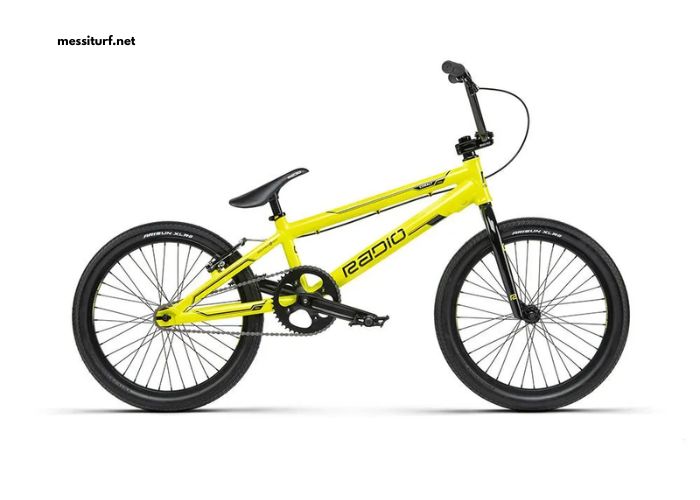Eco-friendly fashion has become increasingly popular in recent years, with many people looking to reduce their environmental impact by making more conscious decisions about their clothing and accessories. The fashion industry has long been criticized for its negative effects on the planet, from the production of synthetic fabrics to the unethical use of animal products and the exploitation of workers in developing countries. Fortunately, more and more brands are offering sustainable alternatives to traditional fashion, allowing consumers to make more eco-friendly choices without sacrificing quality or style. In this blog post, we’ll explore what eco-friendly fashion is, why it’s important, how to shop sustainably, and some of the benefits and challenges associated with it.
What is Eco-Friendly Fashion?
Eco-friendly fashion is clothing, footwear, and accessories that are produced with the environment in mind. This includes using natural materials like organic cotton, hemp, and bamboo, as well as recycled materials like plastic bottles and old carpets. It also includes avoiding the use of chemicals and pesticides in production and reducing energy consumption and water waste. The goal of eco-friendly fashion is to reduce the negative environmental impact of the fashion industry by producing clothing that is both stylish and sustainable.
Why is it Important and How to Shop Sustainably?
Eco-friendly fashion is important because it can help reduce the environmental impact of the fashion industry. Many traditional fashion items are made from synthetic materials that are not biodegradable, meaning they stay in landfills for years and can release toxins into the environment. By choosing eco-friendly fashion, you can help reduce the amount of waste generated by the fashion industry and help protect the environment.
Shopping sustainably is all about being conscious of your choices. Before you buy anything, take some time to research the brand and the materials used in the product. Look for brands that use natural and recycled materials, and avoid synthetic fabrics and animal products. Additionally, look for clothing produced in an ethical manner, such as using fair labor practices and environmentally-friendly production methods.
Benefits of Eco-Friendly Fashion
Eco-friendly fashion has numerous benefits for both the environment and consumers. For one, it helps reduce the environmental impact of the fashion industry by reducing the amount of water, energy, and toxic chemicals used in production. It also helps reduce the amount of waste generated by traditional fashion, as natural materials are biodegradable and recycled materials are repurposed for new items.
Additionally, eco-friendly fashion is often much more affordable than traditional fashion. Because it uses fewer resources in production, eco-friendly fashion is often cheaper and more accessible than traditional fashion. This makes it easier for consumers to find stylish and sustainable clothing that fits their budget.
Possible Challenges
While eco-friendly fashion has numerous benefits, there are still some challenges associated with it. For one, the production of natural and recycled materials can be more expensive and time-consuming than traditional methods. This can make it more difficult for brands to produce eco-friendly fashion items, as they may have to charge higher prices or take longer to produce items. Additionally, the demand for eco-friendly fashion is still relatively low, meaning that many brands may be reluctant to invest in sustainable production methods.
Examples of Eco-Friendly Fashion
There are many brands offering eco-friendly fashion items, from clothing and accessories to shoes and jewelry. Some popular brands include Everlane, Patagonia, and Reformation, which all use natural and recycled materials in their products. Additionally, there are many small independent brands offering stylish and sustainable clothing, such as Amour Vert, Outland Denim, and Groceries Apparel.
Conclusion
Eco-friendly fashion is becoming increasingly popular as more people look to reduce their environmental impact. By choosing eco-friendly fashion, consumers can reduce the amount of waste generated by the fashion industry and help protect the environment. Additionally, eco-friendly fashion is often more affordable than traditional fashion, as it uses fewer resources in production. While there are still some challenges associated with eco-friendly fashion, more and more brands are offering stylish and sustainable alternatives to traditional fashion, allowing consumers to make more conscious choices about their clothing and accessories.




